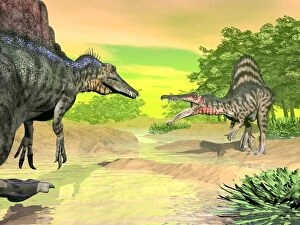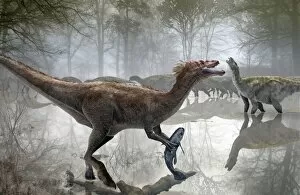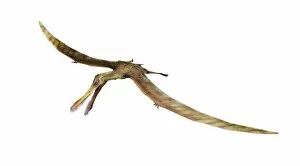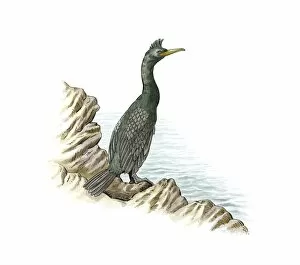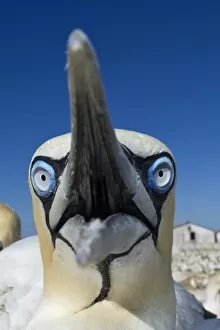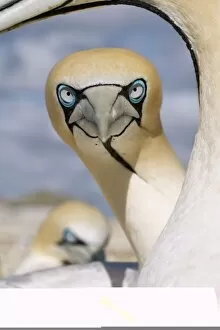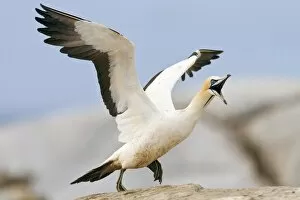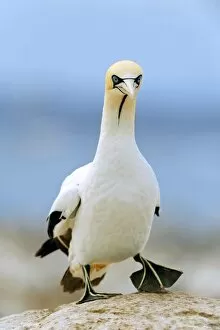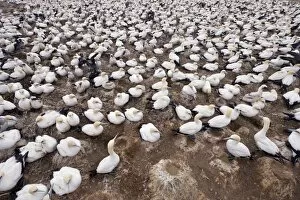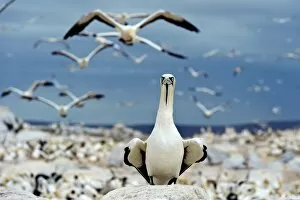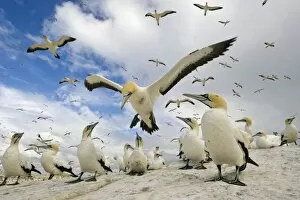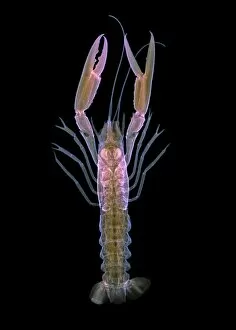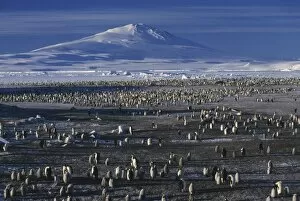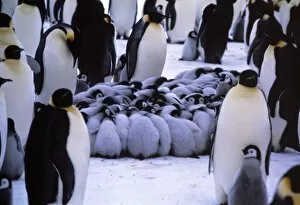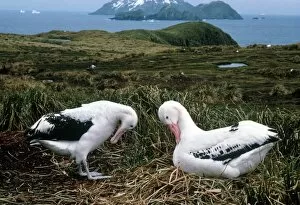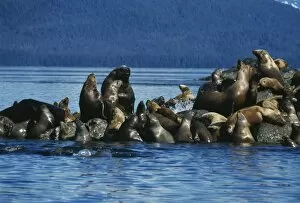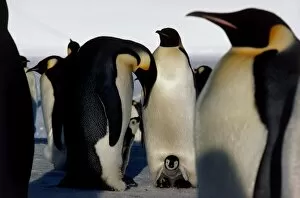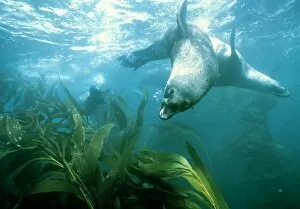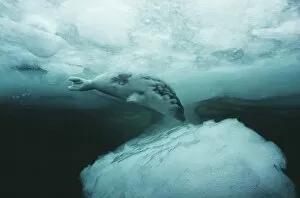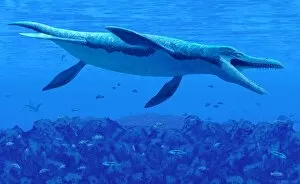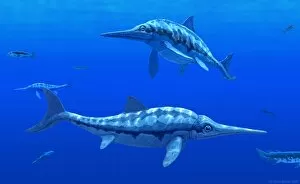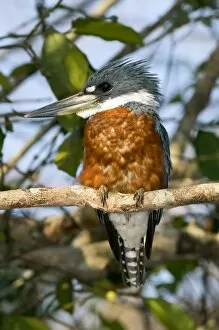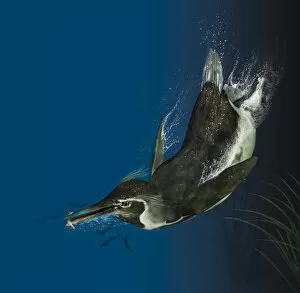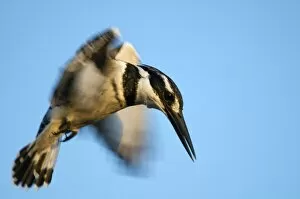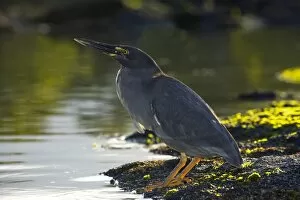Piscivore Collection (#8)
"Piscivore: A Glimpse into the Aquatic World of Ancient Predators" Dive into the depths of prehistoric oceans, where fearsome creatures ruled as piscivores
For sale as Licensed Images
Choose your image, Select your licence and Download the media
"Piscivore: A Glimpse into the Aquatic World of Ancient Predators" Dive into the depths of prehistoric oceans, where fearsome creatures ruled as piscivores. The Mosasaurus, a colossal marine reptile, dominated these ancient waters with its massive jaws and insatiable appetite for fish. Not far behind was the Spinosaurus, a formidable dinosaur known for its unique sail-like structure on its back. This apex predator possessed sharp teeth perfectly adapted to snatch unsuspecting fish from their watery homes. Joining them in this piscine feast were the Baryonyx dinosaurs. With their elongated snouts and razor-sharp claws, they skillfully caught fish out of water, showcasing their exceptional piscivorous abilities. Meanwhile, perched on branches overlooking rivers and lakes stood the Common Kingfisher C015/6384. This modern-day avian marvel shares an ancestral connection with Baryonyx walkeri - both masters at catching fish in their respective eras. In these prehistoric waters swam Elasmosaurus platyurus gracefully. Its long neck allowed it to navigate effortlessly through schools of fish while indulging in its preferred diet as a dedicated piscivore. However, not all interactions between predators and prey ended peacefully. Witness the dramatic scene when a hungry Baryonyx dinosaur lunged out of water to catch an unsuspecting fish - capturing nature's raw power at play. Venturing beyond dinosaurs' realm brings us face-to-face with Liopleurodon's relentless attack on Plesiosaurus - an epic battle between two mighty aquatic beings that showcased true piscivorous prowess amidst ancient waves. Taking flight above shimmering waters was none other than Pteranodon - a magnificent pterosaur using its impressive wingspan to swoop down and seize delectable fish below; truly exemplifying aerial mastery as another skilled piscivore.


